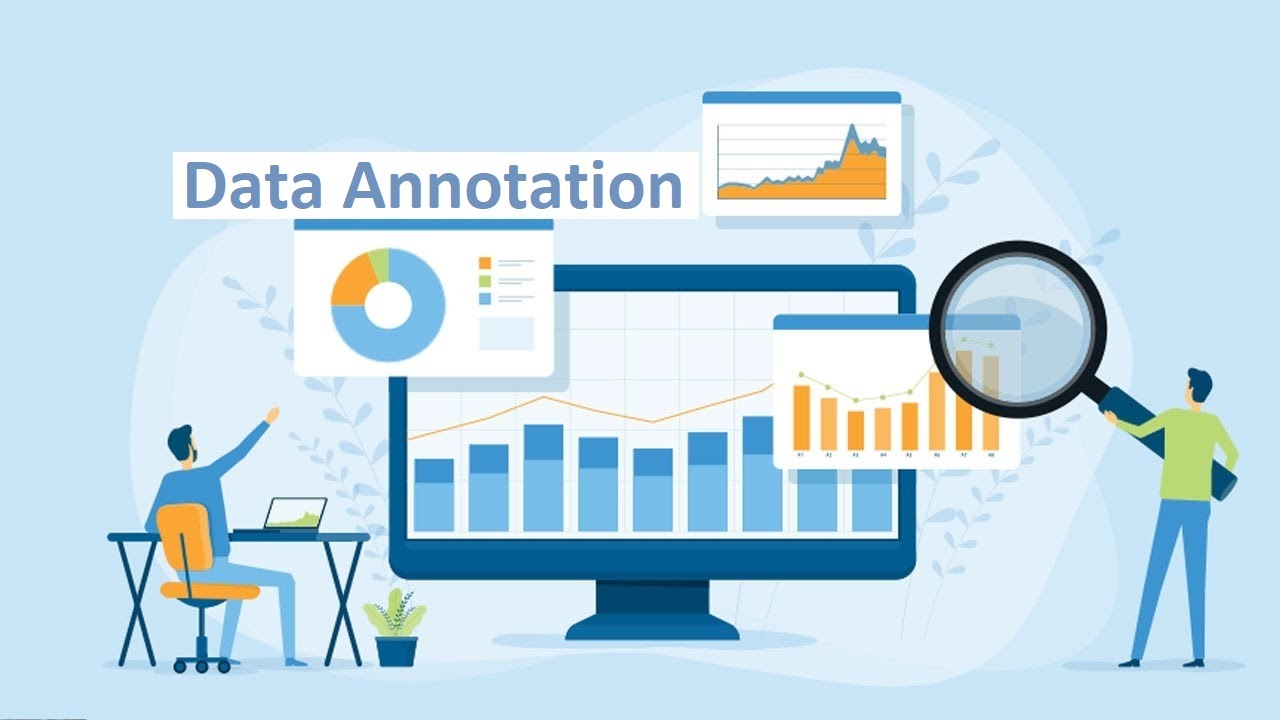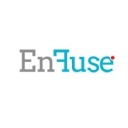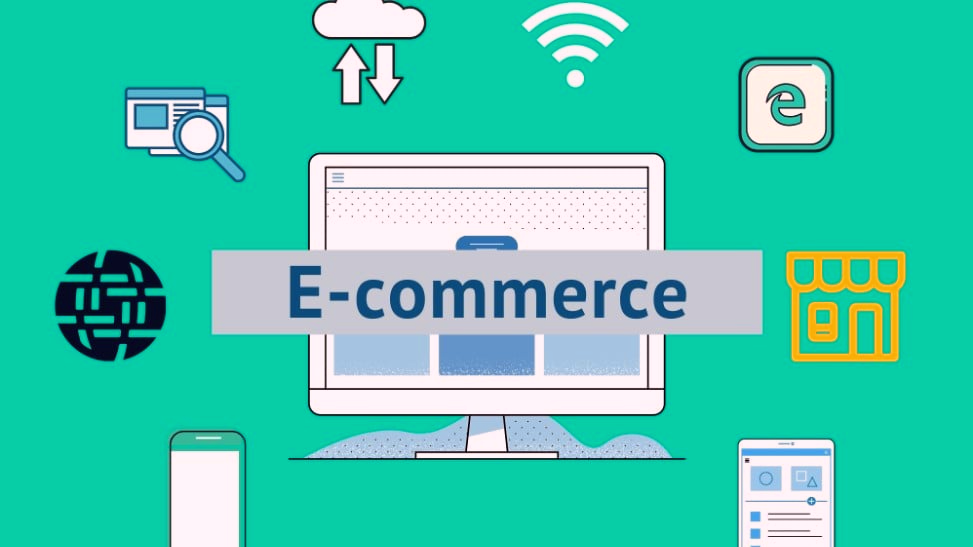Evaluating the Pros and Cons of Data Annotation Options
Rolling out machine learning models requires high-quality data. Sometimes, businesses realize this when a model is not performing well, and that’s already too late. Other times, a company may realize that the raw datasets it has been working with are not sustainable for advancing its computer vision, natural language processing, or recognition initiatives.
While unstructured (unlabeled) data is plentiful, businesses need quality labeled datasets in which to train and evaluate their models. As the number of AI applications and use cases has exploded, the need for quality labeled data has grown exponentially. Favorably, data annotation serves as an answer to these challenges. To help you better, we’ve evaluated the pros and cons of various data annotation options available.

What Is Data Annotation?
The process of attributing, tagging, or labeling data to advance contextual understanding is known as data annotation. These processes are put in place to create relevant metadata for machines so that they can perform various tasks, such as classification and regression.
Labeled datasets in supervised learning serve to train ML algorithms. Without such a process, automatic analysis, understanding, and decision-making are impossible. For instance, while sifting through unlabeled data, every image will be the same for machines because they would not be able to process contextual differences inherently.
Different Methods for Data Annotation
While annotating their raw data, businesses can choose one of the following options:
- Open-source tools with an internal team of annotators
- Paid platforms with internal team of annotators
- Paying a vendor to annotate data with a specified platform
- Paying a vendor to annotate using their own platform
Choosing the right option among these can be daunting. Therefore, we’ve evaluated the pros and cons of the various data annotation options. But before that, keep these in mind while choosing an annotation tool:
While choosing an annotation tool, businesses must consider the following features:
- Annotation method
- Dataset management
- Workforce management
- Data quality control
- Security
1. Open-Source Tools with Internal Annotators
The simplest and cheapest data annotation option is open-source tools + internal annotators. Providing internal annotators with open-source tools is highly recommended for small projects where companies want to plan and strategize an idea for AI/ML project model. However, it is not suitable for large-scale business operations.
Pros
- The open-source data annotation tools come with a quality assurance mechanism ensuring the datasets are up to the mark.
- Open-source data annotation makes handling a large amount of information less time-consuming.
Cons
- One might face common challenges like missing data, conflicting annotation, and low annotation quality.
- Although these tools are free, companies might still require team members who have experience in using the tools.
- The method is not suitable for those planning to scale their project.
2. Paid Platforms with Internal Annotators
There are many paid data annotation platforms available online. Using them is viable for companies that have well-established processes and want to put their own annotation staff to work. However, as the sophistication level and data volume grow, teams might need specialists to complement the endeavors of the internal team, especially when the latter isn’t technically adept.
Pros
- Paid platforms constitute project management features that help to ease up the data annotation process.
- They further help avoid obstacles one might otherwise face while modifying open-source software or creating their own annotation platforms.
- This method ensures high-end data security and sophisticated compliance needs.
- Further, it utilizes a dedicated workforce to get the job done.
Cons
- Lacks customization options that are available in purpose-built annotation platforms.
- Businesses, at some point, might need expert technical professionals who are competent at using paid platforms and making the most out of them.
- Paid platforms may not be always suitable for complex projects with specific requirements.
3. Paying a Vendor to Annotate Data with Specific Tools
Data annotation services provided by vendors are suitable for enterprises with specific needs for quality assurance and compliance requirements. This method lets them scale their project, perform all the data annotation tasks with the tool of their choice, and reduce internal employees’ workload. As such, this method bodes well for accommodating large-scale projects.
Pros
- Reduces employees’ workload so they can focus on other parts of development.
- Eases project scalability and helps save time in the long run
- Choosing the right vendor can provide the highest possible level of data quality and assurance
Cons
- It might take some time for the vendor to understand the proper workflow
- Businesses are responsible for investing time and effort in selecting the right software and functionality.
4. Paying a Vendor to Annotate Using Their Own Platform
Vendors customarily use specific data annotation tools or build tools with a workflow of their choice. As such, they can easily make changes based on the business needs and requirements.
This option also helps them to be more flexible and operate effectively and efficiently. It is also THE most comprehensive method as the vendor handles all the aspects of the annotation process.
In this method, the client can specify the project needs, and the vendor will determine the strategy keeping in mind the accuracy, speed, and cost.
Pros
- The learning curve is less when compared to using specific tools.
- Reduces the need for intervention on the client’s part.
- The best for companies looking for a professional to handle end-to-end data annotation.
Cons
- It can get costly owing to customizations and related quality assurance initiatives.
- Sometimes, the vendor’s software might not be the best for the job.
So, Which Data Annotation Option Is the Best?
It all comes down to what the business needs. While open-source tools and internal annotators are good options to start with, these do not provide the same level of flexibility and customization as paid software. And even with paid platforms in their arsenal, businesses might not achieve high-end quality and control over data through a dedicated staff.
Eventually, they might turn to an external team or completely outsource the project. Regardless of the project’s cost, businesses must think through their needs to choose the right annotation option. What data annotation option are you going with? What other options do you think are viable? Share your thoughts with us.










 enfuse-solutions
enfuse-solutions